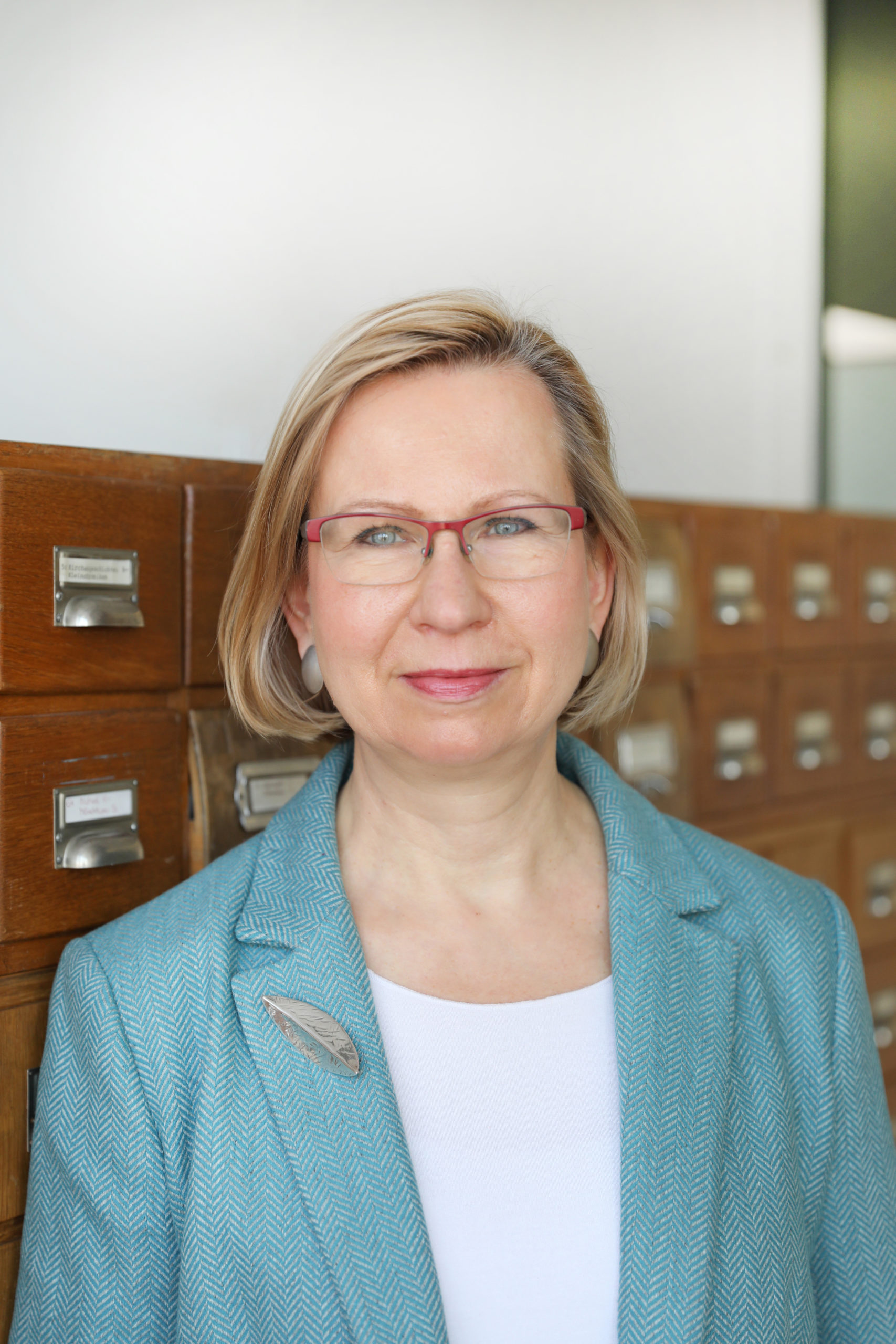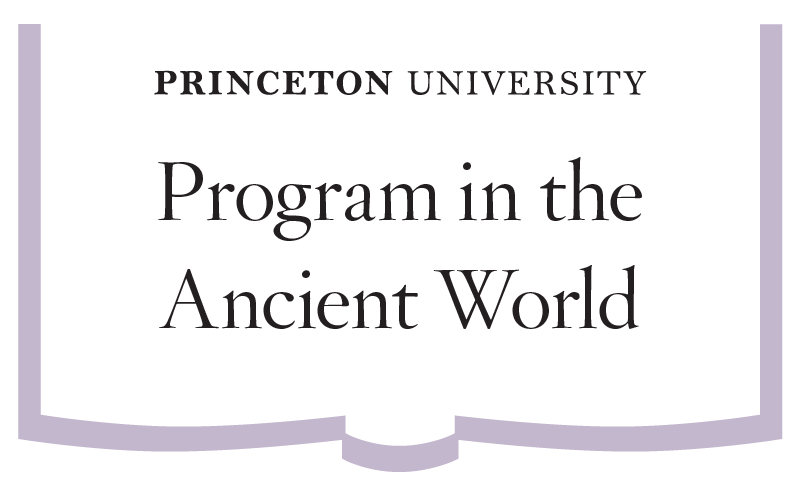
Communities of piety from Late Antiquity to Byzantium
Claudia Rapp University of Vienna
December 8, 2022 · 4:30 pm—6:00 pm · 010 East Pyne
Program in the Ancient World

The rise of the holy man and the development of monasticism are one of the defining features of Late Antiquity that also shaped the subsequent centuries of medieval Byzantium. While theologians and other authors tend to insist on the superiority of monasteries as a space for the practice of virtues, men and women of lay status also found ways to express their piety in communal settings. There is a wide range of evidence across the centuries that can demonstrate how communities of piety were shaped and organized, thus calling into question the assumed divide between the holy and the secular life.
Claudia Rapp has been Professor of Byzantine Studies, University of Vienna, where she moved after almost 20 years at UCLA. She is the interim Director of the Institute for Medieval Research at the Austrian Academy of Sciences, Member of several learned academies, editorial and advisory boards, and has held numerous fellowships (including at the Institute for Advanced Study) and visiting professorships.
Her research focuses on social and cultural history, often from the angle of religious history and manuscript studies. Holy Bishops in Late Antiquity: Christian Leadership in an Age of Transition, published in 2005, was re-issued in paperback in 2013. Her most recent book, Brother-Making in Late Antiquity and Byzantium: Monks, Laymen and Christian Ritual (2016) has led to the formation of the Euchologia Project at the Austrian Academy of Sciences. Funding through the Wittgenstein-Award has enabled her to assemble a team of scholars for the joint investigation of Mobility, Microstructures and Personal Agency. She is the Scholarly Director of the Sinai Palimpsests Project.












